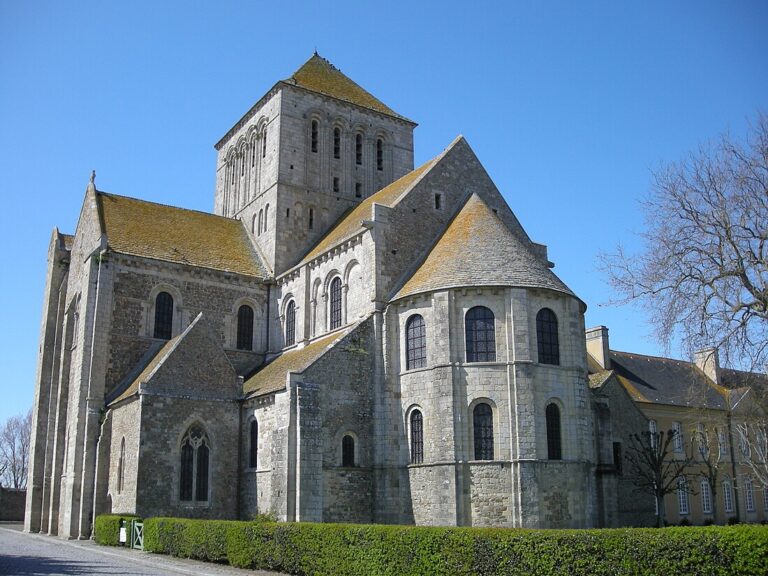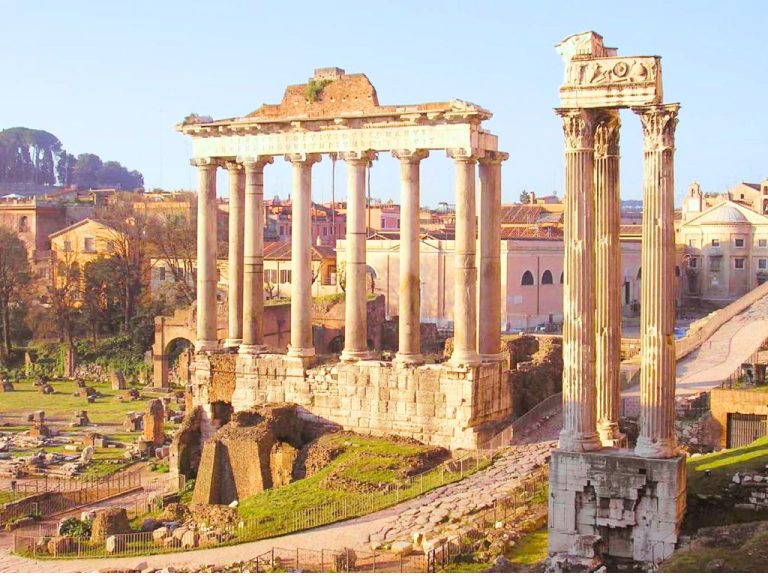How did The Roman Forum Look Like Before Excavations?
Imagine strolling through what was once the vibrant heart of ancient Rome, only to find it buried beneath layers of history.
That’s exactly what the Roman Forum looked like before the 19th-century excavations: an overgrown patch of land known as the “Campo Vaccino,” or Cow Field, where cattle grazed and locals barely acknowledged the ruins beneath their feet.
What we now see as one of the most iconic archaeological sites in the world was, for centuries, a forgotten relic of Rome’s glorious past, hidden in plain sight.

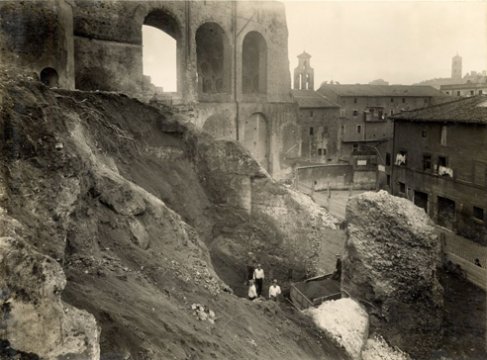
Before archaeologists unearthed its grandeur, the Forum was a far cry from its bustling ancient days.
Over time, it had transformed into a jumbled mix of rubble, medieval churches, and modest homes built atop its ruins.
Centuries of neglect and the collapse of the Roman Empire had left the area buried under debris, with many of its structures pilfered for building materials.
It’s hard to imagine that this complex of temples, basilicas, and arches once lay hidden under layers of dirt and grass, waiting to tell its story to the world.
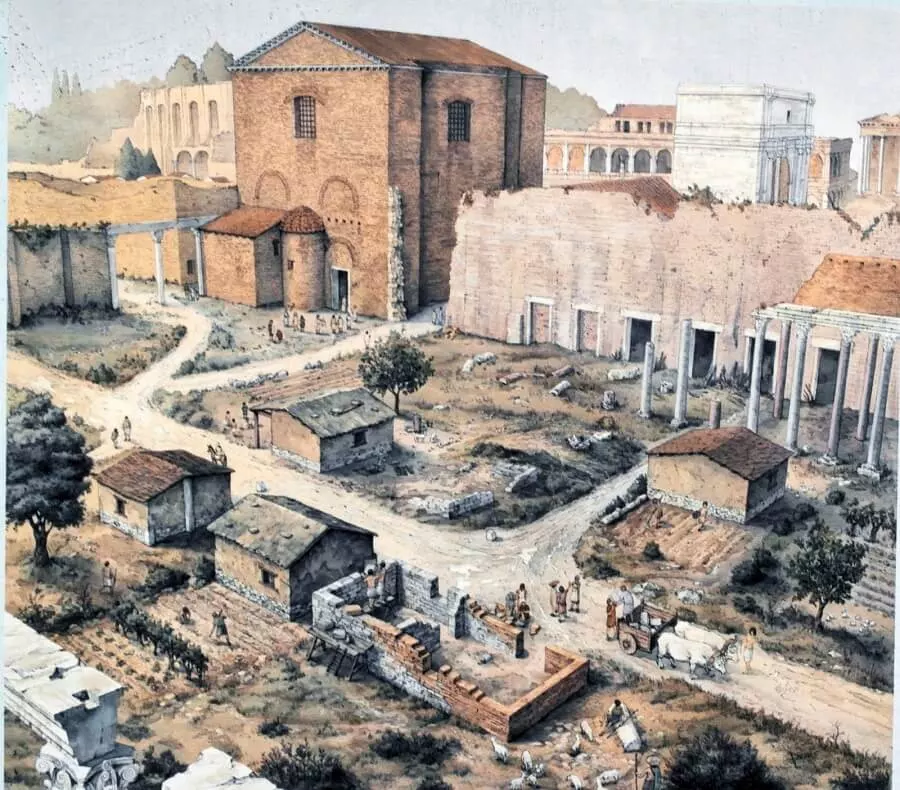
Roman Forum in the Medieval Ages
During the Middle Ages, much of the Forum had been buried under layers of debris and sediment from floods and neglect, and its original purpose as the heart of ancient Roman political, religious, and social life had largely been forgotten.
Locals referred to the area as the Campo Vaccino (Cow Field) because it was mainly used for grazing cattle.
However, scattered remains of monumental structures, such as the Arch of Septimius Severus, the Arch of Titus, and parts of the Column of Phocas, reminded observers that this was no ordinary field.
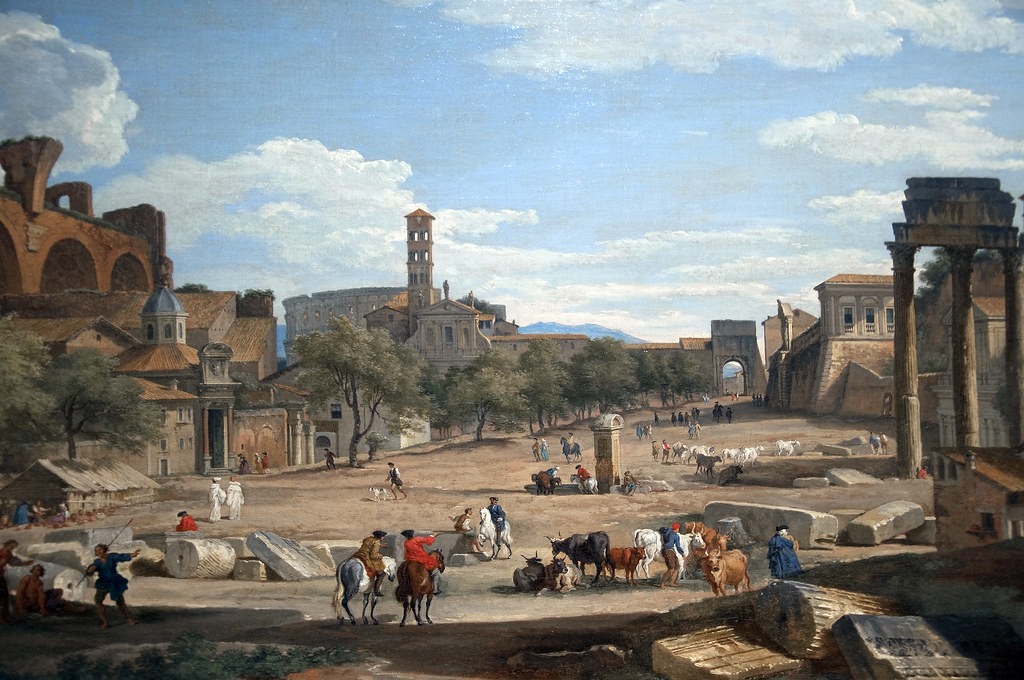
Roman Forum during the Renaissance
Renaissance artists and architects like Michelangelo and Piranesi marveled at the surviving ruins and used them as inspiration for their works.
Roman Forum after the 15th century
Scholars and antiquarians from the 15th century onward also recognized the site’s importance and attempted to study its history.
Some early attempts were made to dig and explore, but systematic and large-scale excavations didn’t happen until much later.
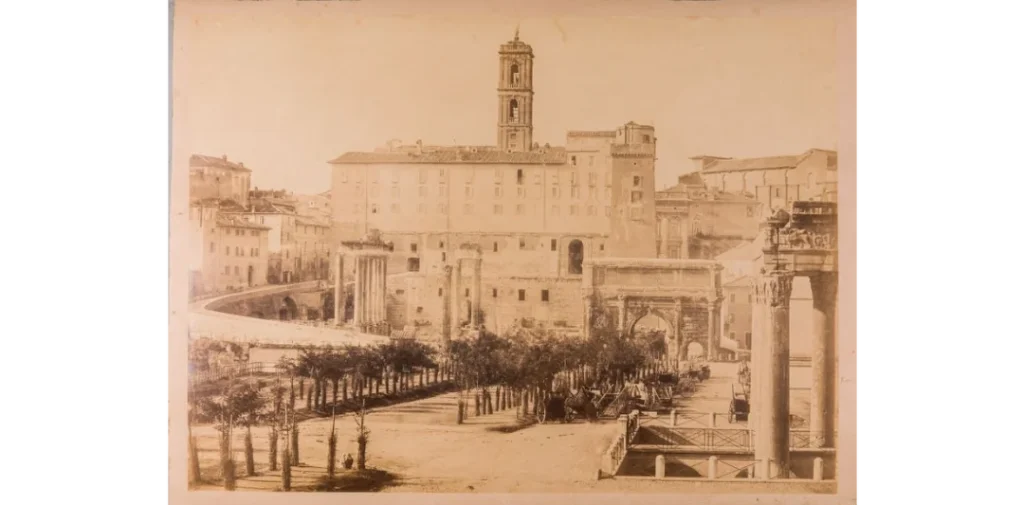
The excavation of the Roman Forum
The excavation of the Roman Forum began in earnest in the early 19th century, although its significance had been acknowledged long before.
The first systematic efforts to uncover the Forum were initiated under the direction of Carlo Fea, an Italian archaeologist who started working on the site around 1803.
However, the process was slow and faced interruptions due to political turmoil and limited resources.

A more intensive phase began in the mid-19th century, particularly under the guidance of Pietro Rosa and later Giacomo Boni, two prominent archaeologists who played key roles in uncovering and documenting the Forum.
Boni, in particular, began excavating in the late 19th century and brought a more scientific approach to the work, including using photography to document findings.
His efforts uncovered many of the key structures visible today, such as the Temple of Vesta, the Regia, and the ancient Roman roads.
The excavation continued into the 20th century and remains an ongoing process as archaeologists continue to study and preserve this monumental site.

